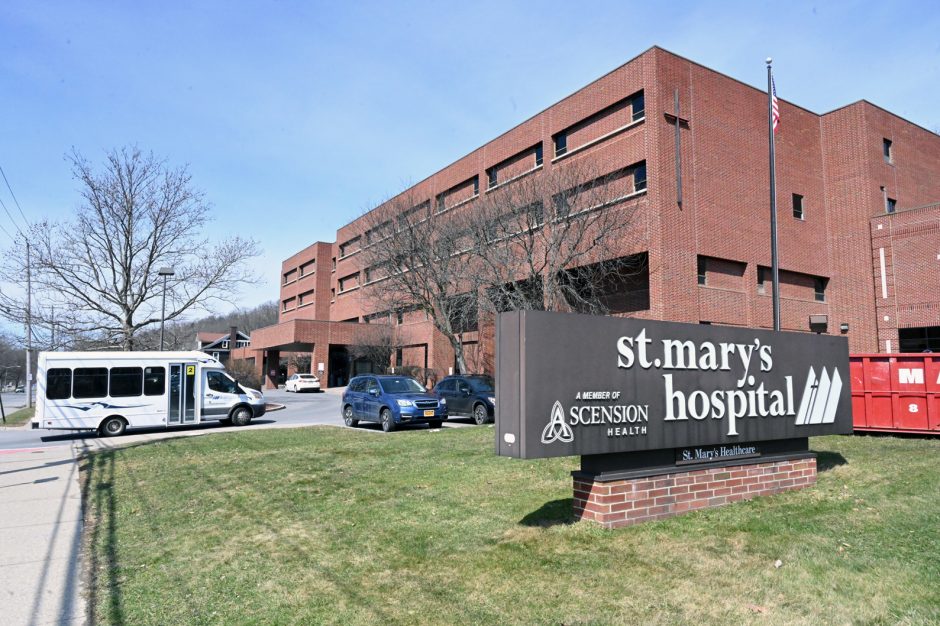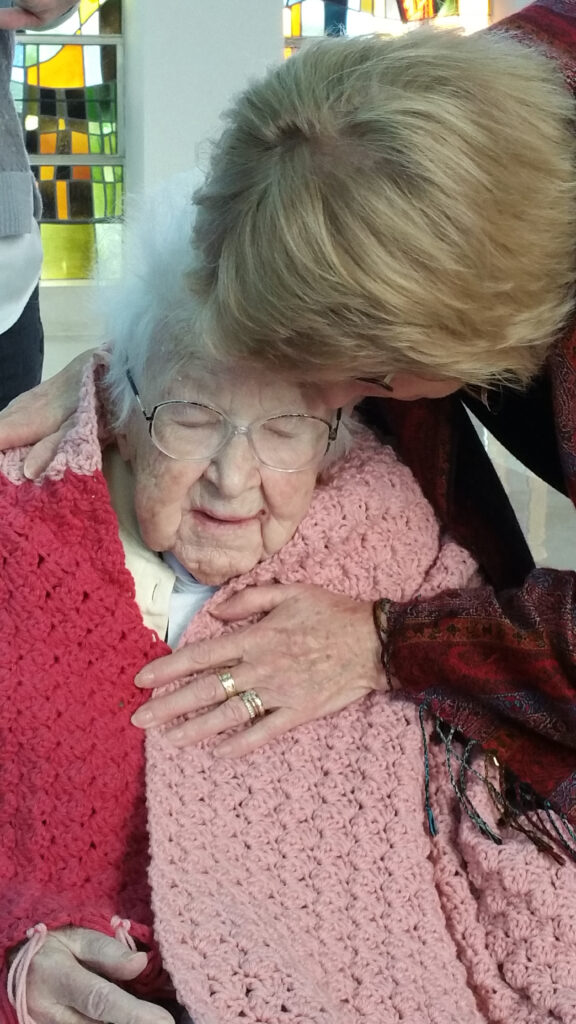
Were you looking for csjalbany.org? We have moved our web presence here to be with the congregation. You can find everything you are looking for and more here on our new webpage!
Located in the Capital Region of New York, our Albany Province includes sisters, associates and partners in mission. We work to bring God’s unifying and reconciling love to those in need. Throughout the Albany and Syracuse Dioceses, our sisters minister in a variety of areas including spiritual direction, education, healthcare and hospitality. New ministries emerge as we identify needs in our society. We actively stand with justice and peace initiatives that align with our mission to create a more peaceful and connected society.

Albany Province Mission
Called by God and passionate for the mission of Jesus, the Sisters of St. Joseph come together to serve all persons. With a distinctive spirit of hospitality and a particular concern for the poor, we witness to the Gospel message by being a unifying and reconciling presence to a world in need.
The Albany Province Leadership Team

(standing) Sisters Margaret M. Edic, Kay Ryan, Rose Casaleno, (seated) Sisters Diane Zigo, Joan Mary Hartigan
Our ministries and the ways we serve
Since our congregation was founded in 1650, characteristics such as diversity and risk-taking for the sake of God’s people have shaped how we approach each of our ministries. We are guided by the call of our founder Jean Pierre Medaille, SJ “to perform all the spiritual and corporal works of mercy of which women are capable … and will most benefit the dear neighbor.”
Education
Our sisters first came to the Northeast with a mission to teach immigrant children in the Oswego, New York area.

In response to the pressing need for the education of immigrants, our sisters served in many elementary and secondary schools throughout the Albany and Syracuse Dioceses. The sisters’ work was integral to the founding and development of the parochial school system in both dioceses. With the rapid growth of the Catholic school system, the Bishop of Albany recognized the need for a Catholic college serving women. The College of Saint Rose in Albany was then founded in 1920 by Sister Mary Blanche Rooney. Today the college continues the rich tradition of serving a diverse population of undergraduate and graduate students from around the world.
Healthcare

Sisters of St. Joseph also served in healthcare ministries. The Constitution of the Sisters of St. Joseph of Carondelet calls us to “visit the sick in their homes or in prison, assist them with alms and prepare broths and remedies which the doctors recommend for them.”
St. Mary’s Hospital (now St. Mary’s Healthcare) located in Amsterdam, New York, was opened in 1903, and Sisters of St. Joseph served in the development and management of the new hospital. In 1920, the rising need for certified nurses led to the founding of St. Mary’s School of Nursing, which closed in 1987.
Other Ministries

In the mid-1960s, Vatican II called our sisters to adapt to new needs and a rapidly changing society. They returned to the roots of our congregation’s charism and spirituality. After 1970, the sisters began new ministries in parishes as religious education directors, pastoral associates and parish life directors.
Today, Sisters of St. Joseph serve our ever-changing society. New events and issues spotlight the need for spiritual direction, adult faith formation, ministry to the unemployed and incarcerated, assistance for refugees and migrants and social justice advocacy. The Sisters of St. Joseph do not shy away from change; instead, we see it as a way to better fulfill our mission to serve the dear neighbor and bring God’s love to all.



